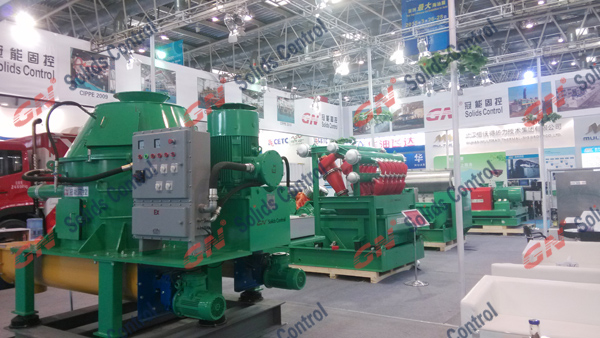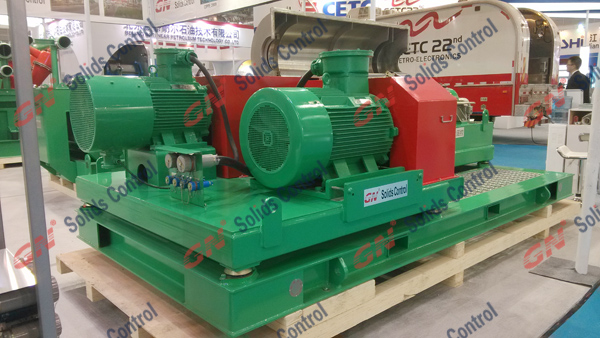
Cuttings drying is normally referred to as secondary drying of drilled cuttings. In the solids control equipment system, the drilling cuttings off the primary shale shakers can be passed over a second dryer shaker to recover useful drilling fluid. The recovery of oil-based drilling fluids coupled with a 10-25% reduction in disposal volume is usually easily justified and has become standard procedure in areas where so-called pitless drilling or closed loop systems are the norm. Generally, the secondary dryer shaker is a four-panel with large screening area machine running at above 7 G force at the screen surface. Drilled cuttings from a dryer shaker typically test between 8 and 12% base oil (NAF) by wet weight.

Accordingly, there has been increased interest in lowering the ROC figure by the use of different types of drying equipment. Cuttings removed in the primary solids control section enter in the feed inlet of the dryer. Processed cuttings are removed after the dryer removes oil (or NAF). The oil or NAF is recovered and returned to the drilling fluid system. The quest for improved technology to reduce the ROC figures is ongoing with a number of competing machines and technologies. The main equipment includes decanter centrifuge and vertical cuttings dryer.

Vertical basket centrifuges Basket centrifuges that move cuttings by vibration Basket centrifuges that move cuttings with a scroll Basket centrifuges that move cuttings with a so-called pusher rod Basket centrifuges that move cuttings with vibration and a pusher rod Perforated rotating vacuum cylinders Of these competing technologies, basket centrifuges (vertical and horizontal) using centrifugal force and a flighted scroll to effect separation make up approximately 80% of the units in use today.
- Details
-
Published: 26 April 2014